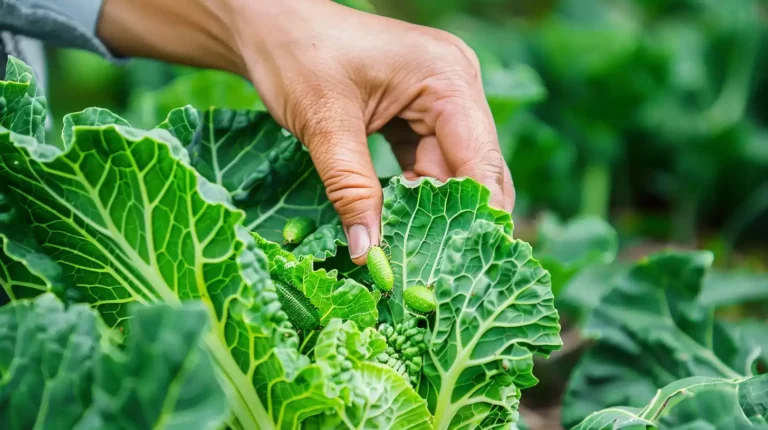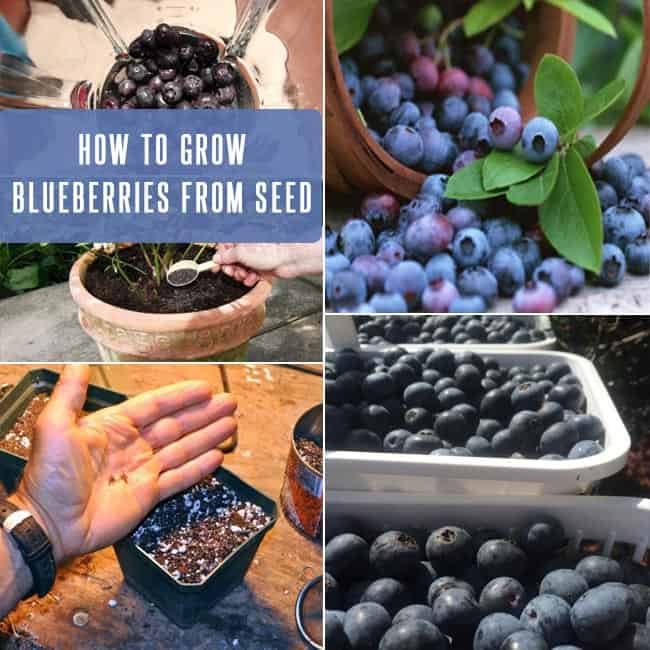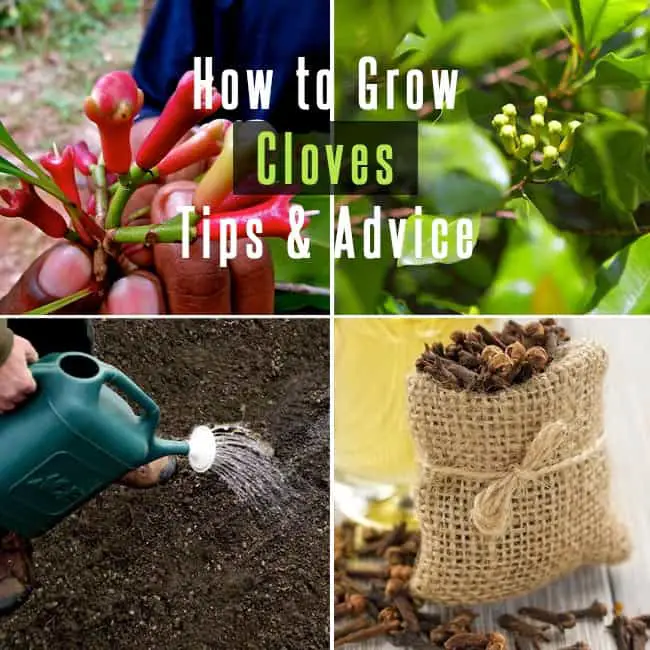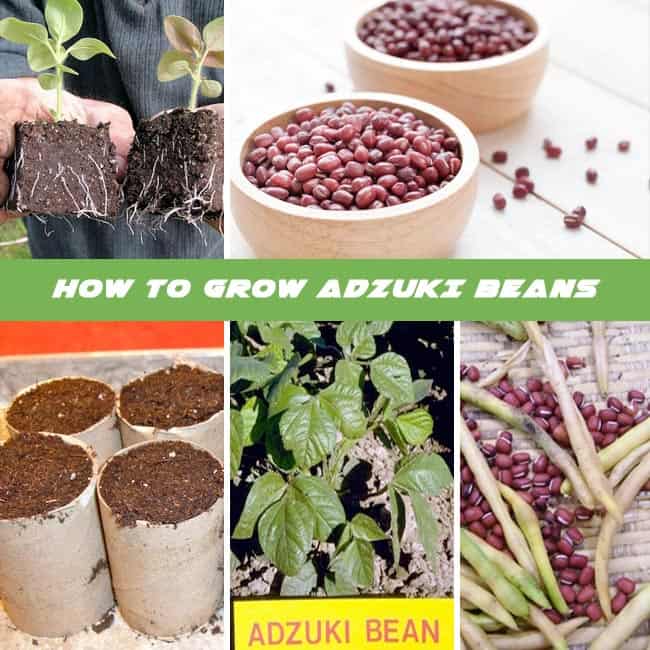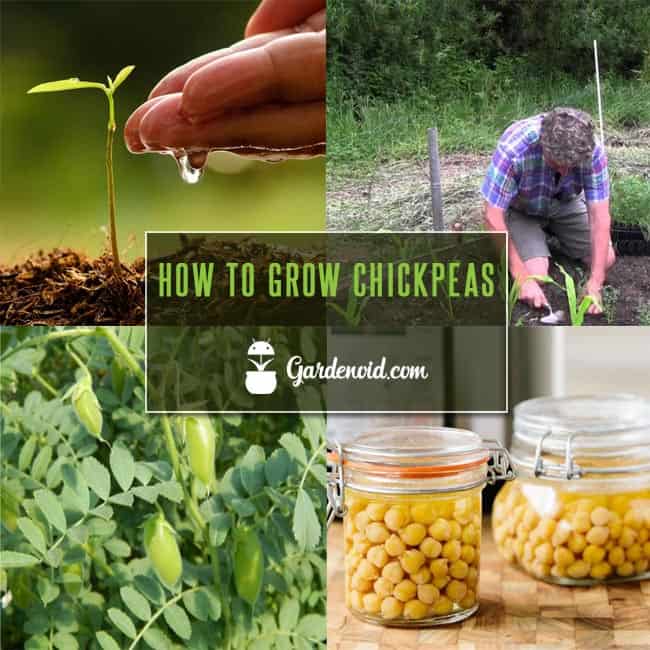How to Grow Cardamom From Seeds

Learning how to grow cardamom is easy. Cardamom is a popular aromatic spice that’s widely used today. Having a unique sweet taste, it’s been used as an additive to various commercial beverages. You can also add Cardamom to some recipes. This spice has been a favorite in its native India for thousands of years now due to its various uses.
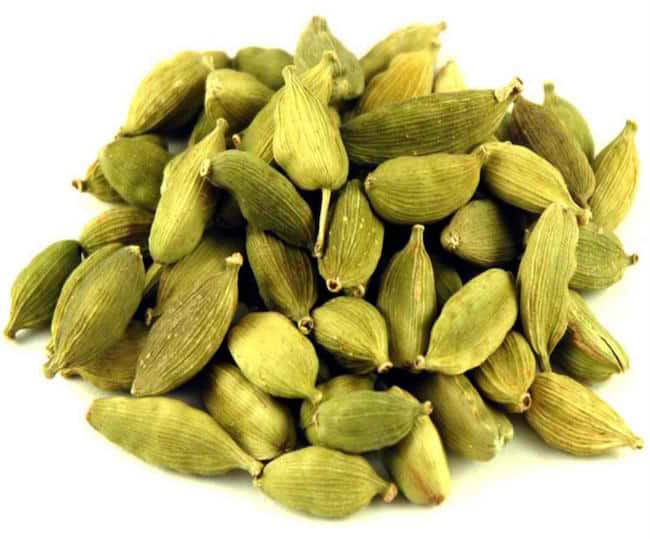
Image Credit: Cardamom
The Cardamom spice has been used popularly to add more flavor to several traditional Nordic sweets and bread in the Scandinavian. As it’s one of the world’s most expensive spices, after vanilla and saffron, a lot of homeowners would want to learn how to grow this botanical in their yards. Learn how to grow cardamom with the help of this guide.
Sowing Cardamom
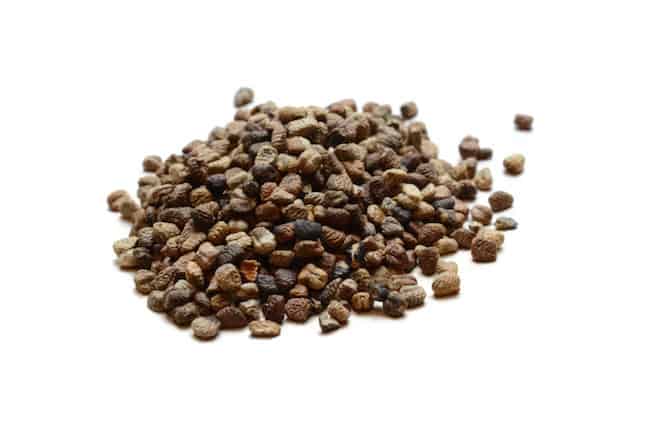
Image Credit: High Plains Spice Company
Place the Cardamom seeds for planting in a clean container. After that, pour hot water over the seeds. Soak the seeds in hot water for up to two days before you start to plant them.
Use a pot with drainage holes to plant the seeds. Fill the pot with soil that has a combination of seed starting mix and sand. Then, sow the seeds at the surface of the soil about ¾ inches away from each other. Cover with ¼ inch of moist sand after sowing.
Conceal the pot with plastic wrap in order to keep the sand and the seed starting to mix to stay moist. After which, place the pot in an area having a temperature of 70 to 85 degrees Fahrenheit.

Image Credit: Amazon
Use sandy and loamy soil that’s rich in organic manure and matter if you do not have a seed starting mix. The soil must be slightly acidic and have a neutral level of around 6 to 6.8.
Use the right substrate that must be well-drained in order to successfully grow the Cardamom plant. Using the right substrate that’s well drained also helps the water to easily drain out. Keep the soil moist all throughout. But it should not be waterlogged or damp or it will kill the plant.
Also Read: Tips for Growing Lemongrass
Sprouting Cardamom
Next, sprout the Cardamom seeds. You will not be seeing any sprouts until after about a month since the seeds are very slow to germinate. The emergence of sprout can take place at any point between two weeks up to three months right after the seeds have been planted.
Move the pot near a windowsill once you start seeing the sprouts, so they get to receive enough sunlight for only part of a day. On the other hand, you can also place the Cardamom plant directly under a grow light, perhaps, near one of the ends where illumination tends to be dimmer than in the middle.
Caring of Cardamom
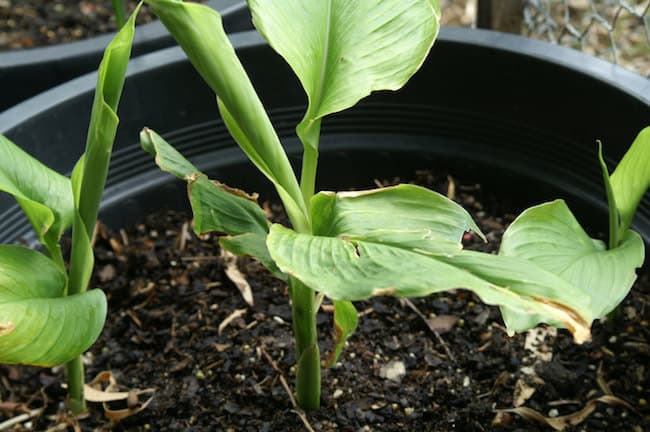
Image Credit: Etsy
Keep the soil damp at all times. Feed them at least once in every two weeks using a liquid kelp plant food. Add two tbsp of this plant food to a gallon of water before feeding it to the plant.
Transplant the seedlings after about five to six months when they have already shown four leaves. Plant them individually into four inch pots that have potting soil.
Again, keep the soil moist at all times and never let it dry out. Keep it humid and well maintained when growing in a greenhouse. Place the plant in an area that receives partial sunlight since it’s not tolerant of cold. Increase watering in summer or when the plant starts setting fruits.
Apply organic fertilizers that are high in phosphorous. Feed it to the plant at least twice a month during the entire growing season. Most importantly, apply about five kg of aged compost or manure each year.
Harvesting Cardamom
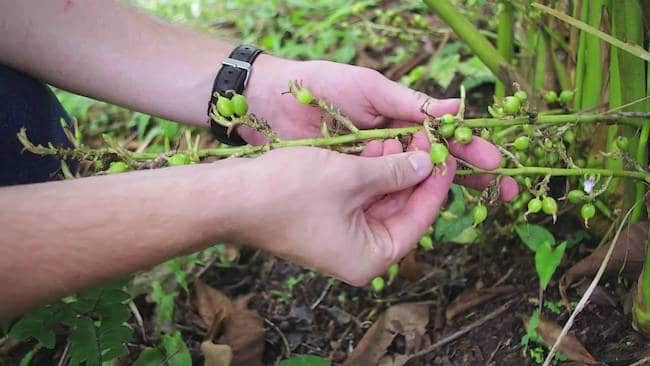
Image Credit: Guatemala Cardamom Production
Dry the pods for six to seven days right after harvesting. Store the Cardamom pods in an airtight container. Place the container in a dry place, far from direct sunlight in order to be preserved for a much longer time.
Collect the seeds once the pods become dry and when it’s easier to break open. Place the pods in a bowl, and thresh the pod carefully by applying light pressure to it so as to break the dried seed pods.
Separate the seeds from its chaff with the use of a small fan or by placing it in a medium screen. Gently shake the screen back and forth while pressing lightly the extraneous matter. Collect the seeds in the same manner as you harvest them. Store in a sealed container and place the container in a dry and cool location, far from direct sunlight.
Pests and Diseases
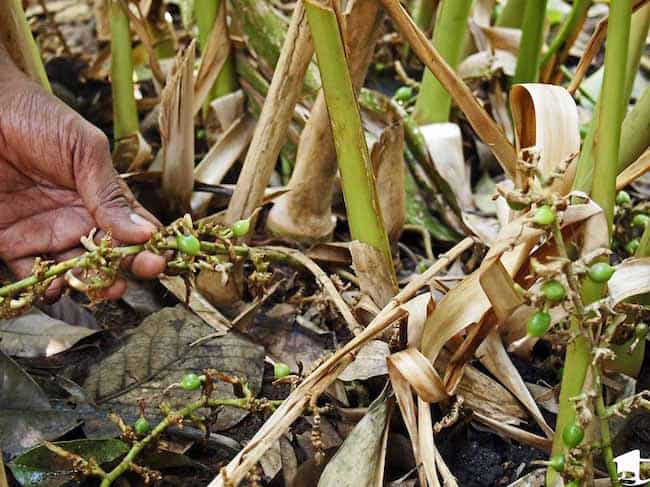
Image Credit: Two Travelaholics
When growing Cardamom seeds for planting, you must also learn how to keep them protected against diseases and pests.
First of all, keep your plant to stay healthy at all times. Do not let aphids infect it or the Cardamom mosaic virus will attack it, which is one of the most common problems among Cardamom. Moreover, avoid high planting that can prevent aeration or waterlogging of the soil as this can lead to the rotting of the rhizomes.
Spray the foliage regularly in order to increase the humidity level of the plant. Do not overwater the plant as this will make the roots rot and the plant will start to wilt. Furthermore, avoid growing the plant under direct sunlight so as to prevent brown spots from occurring.
Fertilize the plant regularly in order to prevent the yellowing of leaves, which is a sign of iron deficiency.
Also Read: How to Grow Star Anise
Cardamom Uses
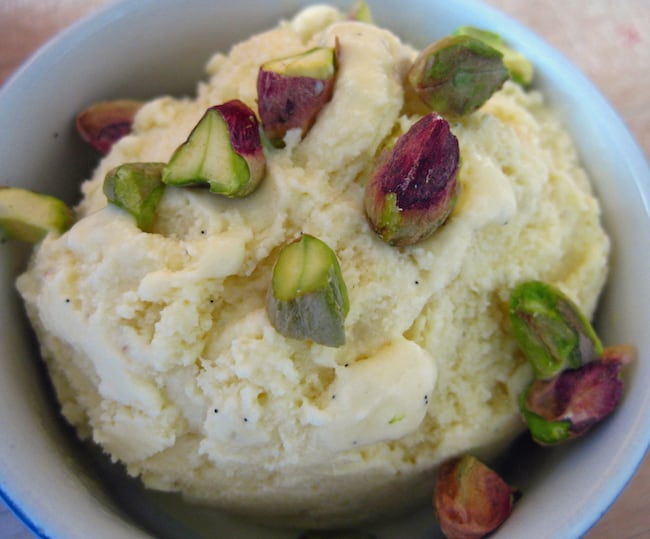
Image Credit: Your Food Choices
You can use Cardamom in various ways. It is very versatile and is known for its distinctive uses. Take advantage of its versatility with the following tips.
• Spice up an ice cream. Substitute vanilla with Cardamom the next time you will make an ice cream base. Split the cardamom pod and leave the seeds to infuse in the milk. Let it cool and strain afterward. Then process the ice cream as usual.
• Make cardamom sugar. Split the cardamom pod to release the tiny seeds. Place the seeds in the mortar and pestle and add one teaspoon of sugar. Grind until you achieve a fluffy and powdery mix. Use the sugar to sweeten your coffee and tea or to add flavor to some beverages.
• Use it for whipped cream. Mix a spoonful of the cardamom sugar into a whipped cream. Simply add the sugar to the cream and whip the cream as usual. Top your favorite cupcakes, hot cocoa, and coffee with the Cardamom whipped cream.
• Kick up your chicken dish. Add Cardamom to your favorite chicken dish, as it is known to work wonders in any savory dish. Throw a split Cardamom seed into your tomato based sauce. Pour it into your chicken dish. Then, add a stick of cinnamon to it and mix well.
• Freshen your breath. Use Cardamom as a breath freshener, which is a practice that dates back to Ancient Rome. Apply the Cardamom seeds directly to your teeth after every meal to clean them up and freshen your breath. Chew the Cardamom pod instead of your usual chewing gum and you will have refreshing breath all day long.
• Make a tea out of Cardamom. Rub the Cardamom leaves in order to emit an aroma. Pour hot water on it and you now have a flavorful tea.
Final Thoughts
Use this article to guide you on how to grow Cardamom. Take good care of the plants by watering and feeding it regularly and soon enough, you will be able to harvest your Cardamom seeds.

